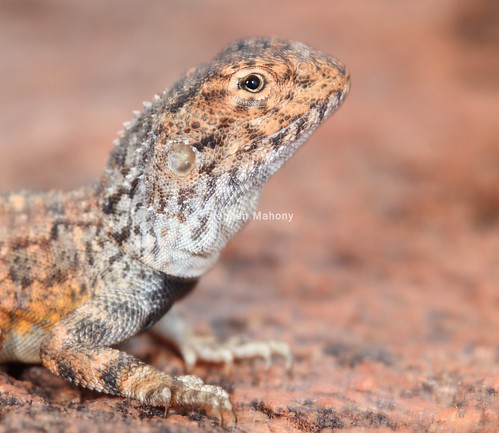richoman_3
Very Well-Known Member
nice sam !
im looking at getting the 90mm tamron aswell.
do you mean lense kurto ?, is so just the standard 18-55mm
?, is so just the standard 18-55mm
im looking at getting the 90mm tamron aswell.
do you mean lense kurto

Sorry Jordan but this is wrong advice to a Newbie dslr camera, why go manual when it would confuse the poor guy somewhat chronic. My suggestion stands, Aperture Priority and don't worry about the speed. His ISO never wants to be above 200 (400 if he really does need it for that extra bit of light ) but I doubt this when taking Reptile shots. With the lower ISO his shots will be more crisp and no noise. As for Aperture I would say f5.6 to f11 ( start f8 look at the shot see if reptile is sharp and alter Aperture if needed) focus on the eyes of the subject always. If you just want the head in focus and sharp with the rest of body a little softer (blurry) go for a Aperture lower than F5.6.. Play around a little before you go full manual because it can be hairy to someone with a new dslr. Forgot the most inportand thing lol..a decent Tripod this is a must for crisp clear shots. Always use it. Cheers Joeyou have got some good stuff here nick! Great for your first time and you managed to get yourself a realy good camera body!!! ok I agree with whats been said about the DOF I probably would have made your apeture around f7-10 range to keep the whole frog in focus but having the backround blurred! ok make sure when you are shooting you don't use the auto setting because your photogrphy will not grow and you won't get far in that aspect. Always use the manual setting where you can control the shutter speed, apeture, and iso (If you don't know what they are I suggest you learn about them) If you have any questions you Pm if you need too.
Sorry Jordan but this is wrong advice to a Newbie dslr camera, why go manual when it would confuse the poor guy somewhat chronic. My suggestion stands, Aperture Priority and don't worry about the speed. His ISO never wants to be above 200 (400 if he really does need it for that extra bit of light ) but I doubt this when taking Reptile shots. With the lower ISO his shots will be more crisp and no noise. As for Aperture I would say f5.6 to f11 ( start f8 look at the shot see if reptile is sharp and alter Aperture if needed) focus on the eyes of the subject always. If you just want the head in focus and sharp with the rest of body a little softer (blurry) go for a Aperture lower than F5.6.. Play around a little before you go full manual because it can be hairy to someone with a new dslr. Forgot the most inportand thing lol..a decent Tripod this is a must for crisp clear shots. Always use it. Cheers Joe
If you find a wild reptile willing to sit still long enough for me to take out my tripod, set it up, attach the camera, focus and take the shot, then by all means direct me to said reptile.decent Tripod this is a must for crisp clear shots.

Enter your email address to join: